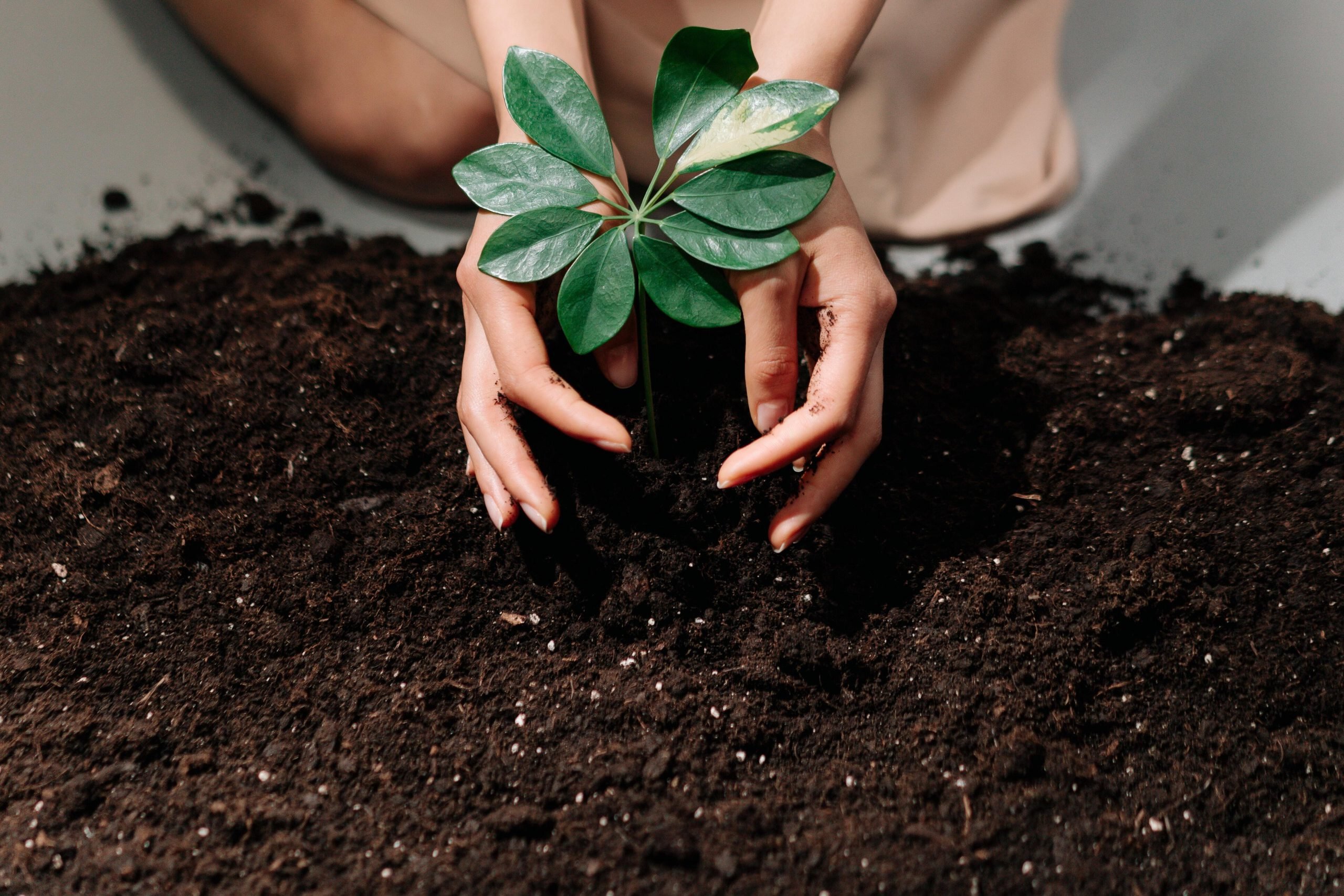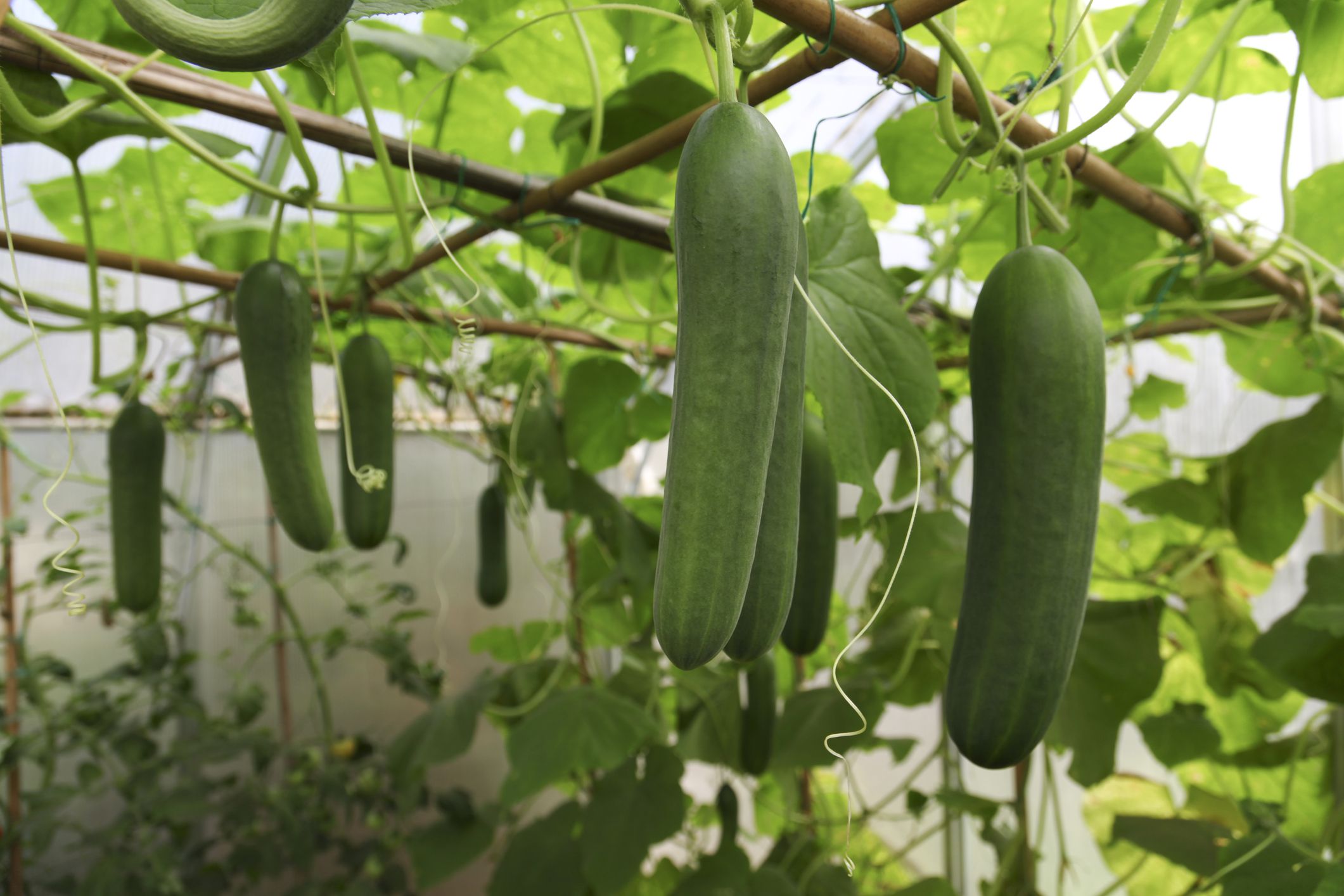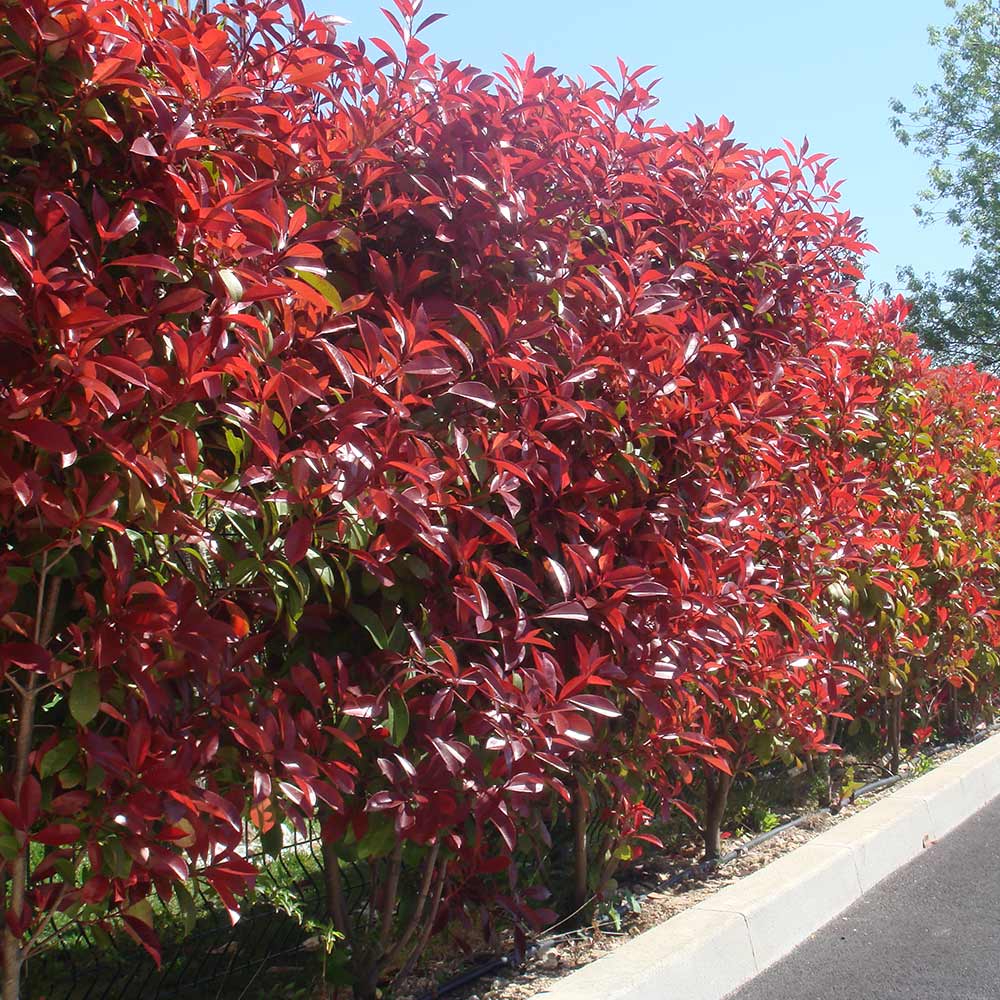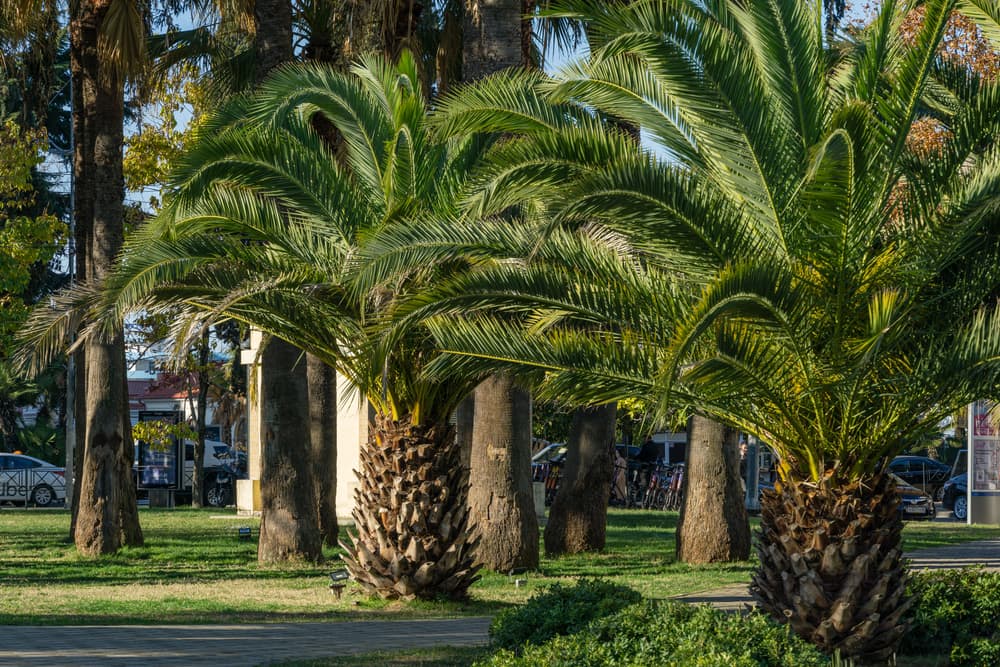Common Red Cordyline Problems
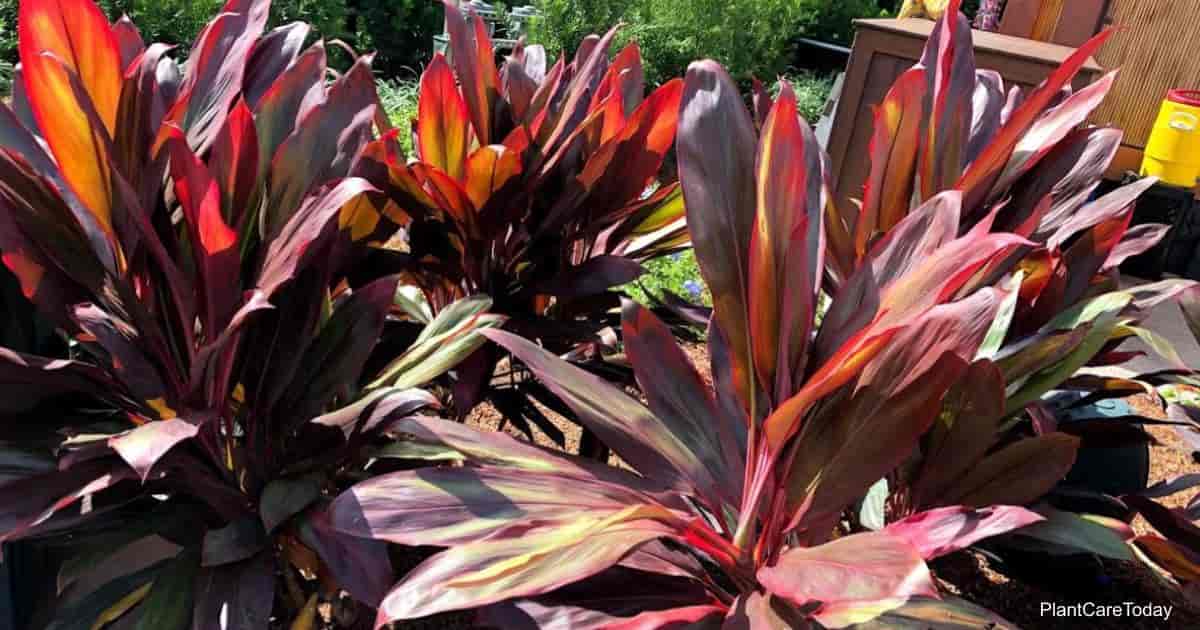
Table of Contents
Red Cordyline is a stunning plant that could provide elegance to our outdoor and indoor garden. However, various problems are associated with what you must know to keep the plant healthy and thriving. In this comprehensive guide, we will discover some common problems that this plant species has and will recommend some ways to prevent them.
Once you are enlightened with a proper knowledge of how these Red Cordyline problems can be solved, you have a gorgeous addition to your gardening landscape.
So, to achieve a success rate on – how to revive a dying cordyline UK plant, this guide will serve as a lifesaver.
Most Common Problems of Red Cordyline
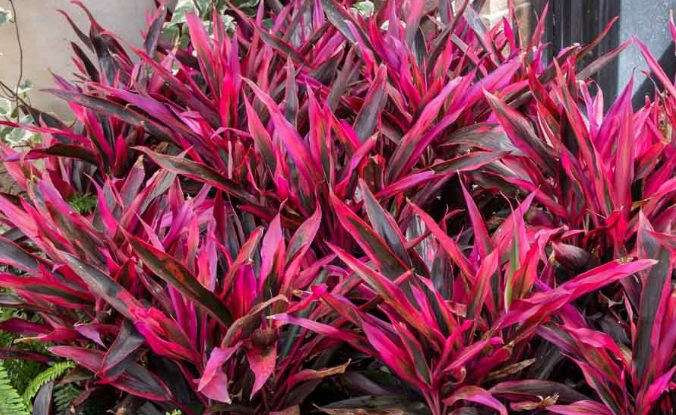
Red cordyline is commonly known as the Ti plant. They are given this name because they have burgundy or red foliage. Like every plant, this beauty also has some common problems that may affect the health and the aesthetics of the plant. Here is a list of basic problems that are found in the plant.
1. Excessive and No Watering
This plant is extremely sensitive to water stress levels. When excessive water is provided to the plant, it can cause root damage. Similarly, underwatering or no watering can turn the leaves brown. Both these scenarios can be avoided if the soil remains moist constantly and a well-draining potting mix is used.
2. Pests Use
Some studies have shown that this plant is prone to diseases when pets like scale insects, mealy bugs, and aphids attack them. The symptoms of getting affected are shown by the presence of sticky residue, crawling insects, and the yellow appearance of leaves. These scenarios can be avoided with the help of insecticidal soap.
3. Fungal Diseases
There are fungal diseases that can affect the health of the plant. They are characterized by leafy spots and soil remaining too wet regularly. To prevent such infection, ensure good air circulation is provided, and excessive watering is avoided at all costs. If you see an infected plant, use a fungicide to treat the issue.
4. Yellow Leaves
When the leaves of the plants turn yellow, that means your plant is infected, and the reason can be numerous. Some of the most common ones are nutrient deficiencies, poor drainage systems, and underwatering. To prevent this, make sure that you use a realized fertilizer that would treat the issue.
5. Sunburn
These are plants that thrive when partial sunlight is used. When they are placed in direct sunlight, they can get sunburned easily. So, as a gardener, if you notice this plant having brown leaves, then it’s time to move the plant into a different place that receives partial sunlight. This will keep the plant healthy.
6. Pot Size
If you place the plant inside the pot, make sure that it has its root touch the ground. If this is not done, then the plant has a slower growth rate, which affects the health and aesthetics of the plant. To avoid such a scenario, make sure that you place the pot inside a container that has a large capacity and allow good drainage.
7. Pruning
This technique should be used when you see the yellowing of leaves and soil rot. Regularly using this technique would ensure that the plant remains healthy throughout the year. When you prune, then that means you are allowing the plant to breathe by discarding the infected parts and improving the air quality in your garden.
8. New Growth
Even after constant plant maintenance, if you see that the plant roots are becoming soggy. Then, a recommended technique would be stem cuttings. Once the stem is cut, allow the stem to dry for two days. Once that is done, place the stem into a good potting mix.
9. Humidity Leaves
Various studies have shown that this plant requires high humidity levels to thrive, so they are best suited for outdoor gardening. If you want the plant for indoor gardening, then make sure that the plant receives a high level of humidity with the help of a water tray or a room humidifier.
10. Mulching
This is done to restrict the weed growth of plants. Using this technique would also mean that your soil retains moisture and the temperature remains optimum for the growth of the plant. An after-effect of this process would be an increase in the aesthetics of the plant and good air circulation.
11. Flowering
The main aspect of this plant is foliage, but there is growth of small clustering of flowers, too. Though they might be the main attraction, they can provide help to increase the aesthetics of the plant. Please note that the growth of flowers is not frequent, and cutting them regularly might damage the plant’s growth
Takeaway
Red Cordyline plants can improve the aesthetics of your garden, but they are not immune to gardening problems. This guide sheds light on those and how they can be avoided. With proper knowledge and information, the long-term health of the plant can be achieved, and you can ensure that they thrive in your garden.
When you equip yourself with proper gardening knowledge, you can make this plant your garden centerpiece or grow this plant to improve the air quality of your garden. With the help of consistent gardening methods, you can enjoy the beauty and vibrancy of the garden all year round.
Hopefully, the information we collected in this digital piece will help you excel as a seasoned gardener and a newbie.

![How To Prune Blueberry Bushes Based On Age [UK]](https://staging.thearches.co.uk/wp-content/uploads/How-To-Prune-A-Blueberry-Bush-By-Age.jpg)
